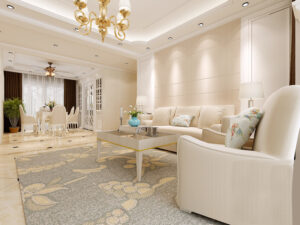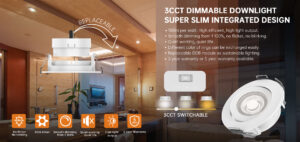LED downlights have become the lighting solution of choice across Europe, prized for their energy efficiency, long lifespan, and modern design. However, the true performance and reliability of these products depend on one critical factor: effective heat dissipation. Without robust thermal management, even the most advanced LED downlights can fail prematurely, lose brightness, or present safety risks. This comprehensive article explores why heat dissipation is essential in LED downlight design, delves into the science and engineering behind it, and highlights how Radians belysning leads the industry with rigorous quality control and innovation.
Understanding Heat Generation in LED Downlights
Every LED downlight generates heat during operation, a byproduct of the electrical energy that powers the light source. While LEDs are far more efficient than traditional incandescent bulbs, they still convert a portion of energy into heat—mainly at the semiconductor junction of the LED chip. If this heat is not managed, it accumulates within the downlight, leading to thermal stress and gradual degradation of the LED materials.
Key Point: For every 10°C increase in the LED junction temperature, the lifespan of the LED can be reduced by up to 50%. This dramatic impact underlines why managing heat is not just about comfort, but about the fundamental performance and durability of the product.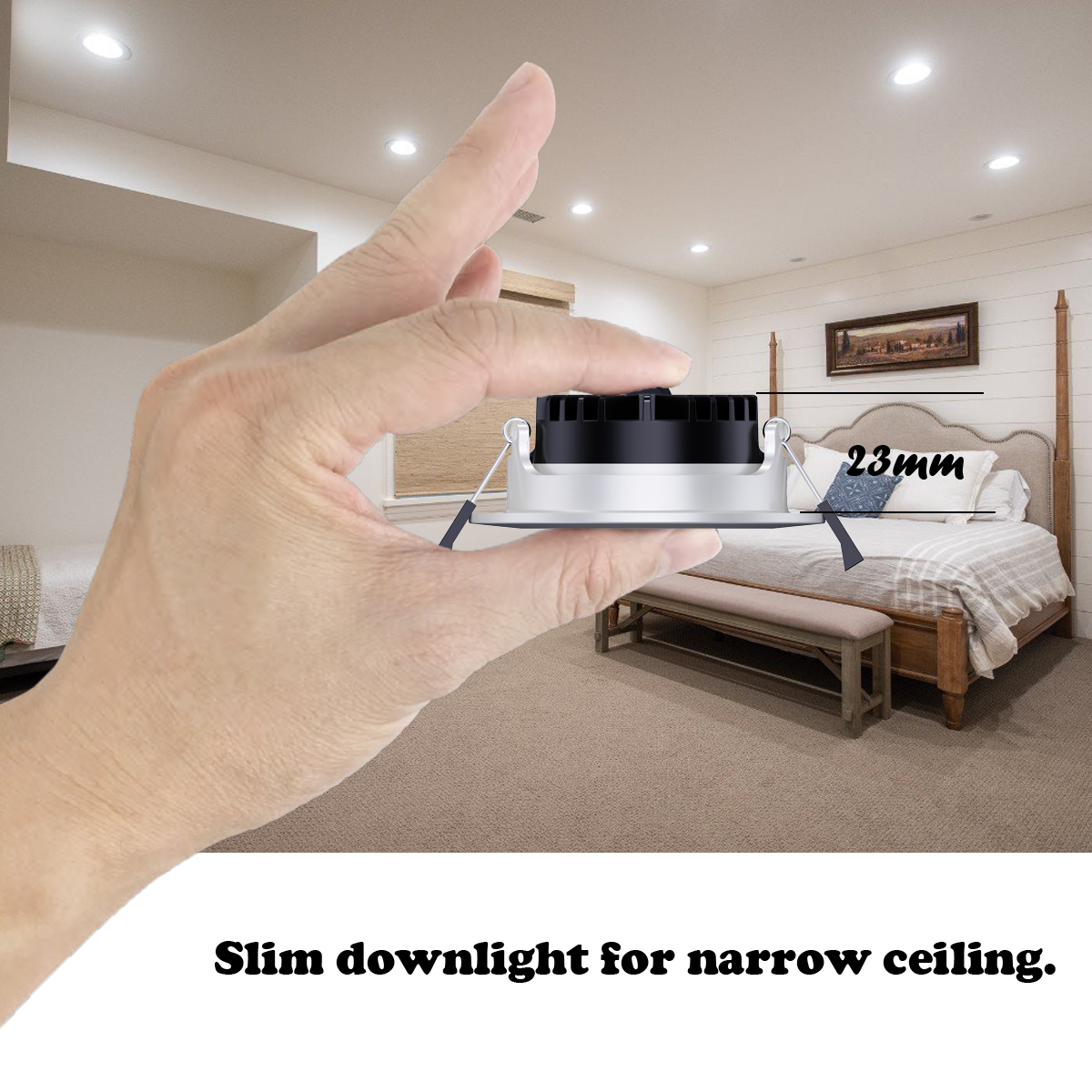
Heat Dissipation: More Than Just Shell Temperature
Many people mistakenly believe that the temperature of the downlight’s outer shell is the main concern. In reality, the internal temperatures of the light source, driver, and electronic components—including ICs and capacitors—are the true determinants of product longevity and performance.
- LED Chip (Light Source): The semiconductor junction is where most heat is generated. Excessive heat here shortens the LED’s operational life and can cause color shifts.
- Chauffør: The driver regulates power and contains sensitive electronic parts. If it overheats, it can cause flickering, reduced efficiency, or complete failure.
- Capacitors and ICs: These components are especially sensitive to heat. Prolonged exposure accelerates aging, risking sudden breakdowns.
Industry Insight: Internal heat buildup causes chemical and mechanical breakdowns, leading to rapid lumen depreciation and color instability. For example, a capacitor’s life expectancy can drop by half for every 10°C rise in temperature.
The Role of Heat Dissipation in LED Downlight Design
Effective heat dissipation is achieved through a combination of design choices and material selection:
- Heat Sinks: Usually made from aluminum for its high thermal conductivity, these structures draw heat away from the LED chip and other components.
- Thermal Interface Materials: Pads, grease, or adhesives improve the transfer of heat from the LED and driver to the heat sink.
- Ventilation and Airflow: Well-designed housings allow air to circulate, preventing heat buildup.
- Driver and Circuit Design: Efficient drivers generate less heat and are built to withstand higher temperatures.
A properly engineered system ensures that all critical components remain within safe temperature limits, supporting stable light output and extending product life.
Challenges of Heat Management in LED Downlights
Designing for optimal heat dissipation is complex, especially as European consumers demand ever-slimmer, more stylish downlights. Key challenges include:
- Kompakt størrelse: Limited space restricts the size of heat sinks and airflow channels.
- Aesthetic Demands: Heat management must be integrated without compromising the minimalist look.
- Installation Environments: Varying ceiling types, insulation, and ambient temperatures affect thermal performance.
- Material Limitations: Lightweight materials are easier to install but may not conduct heat as efficiently.
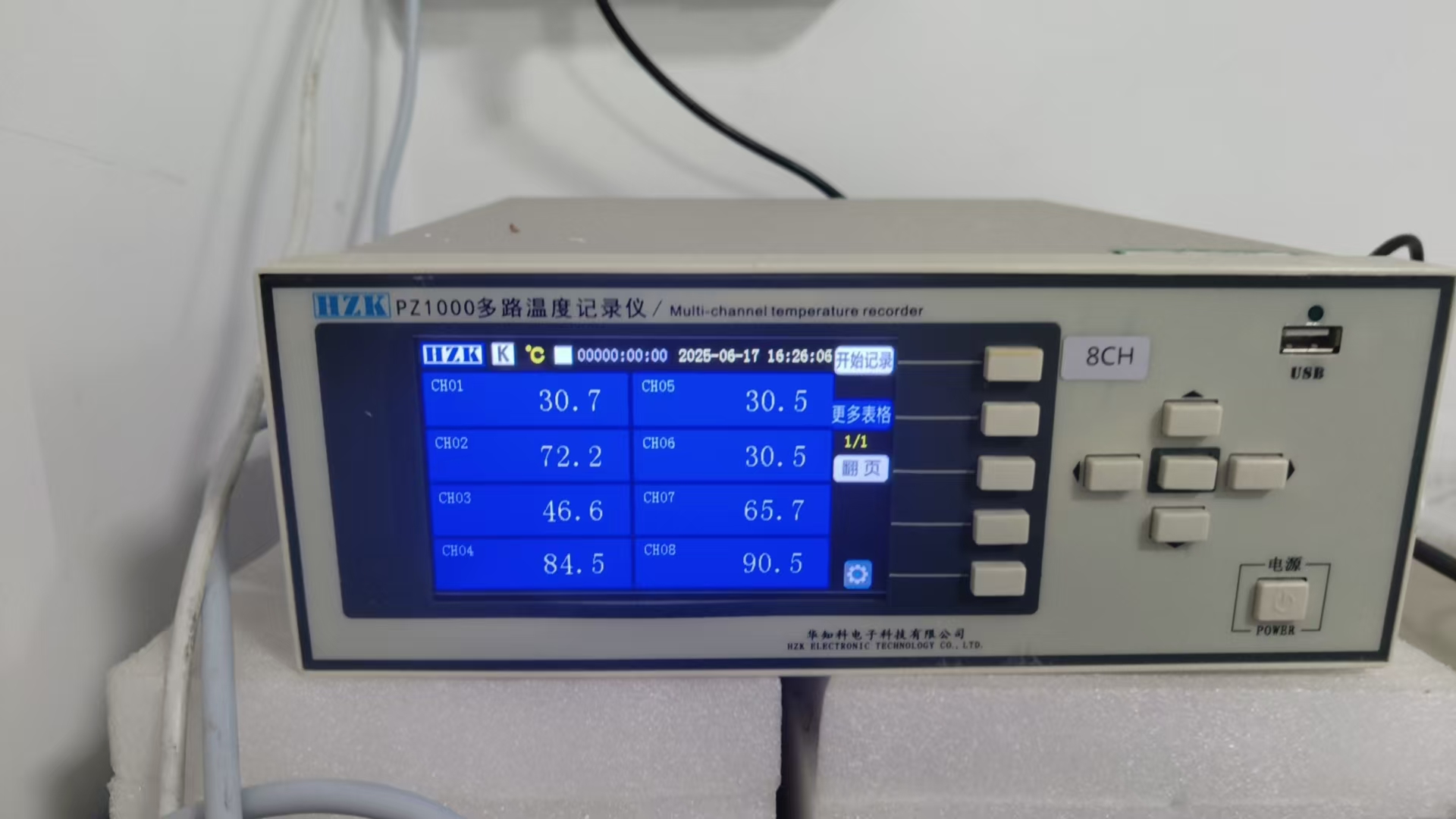 Manufacturers must balance these factors, using advanced materials and innovative engineering to ensure both form and function.
Manufacturers must balance these factors, using advanced materials and innovative engineering to ensure both form and function.
Comprehensive Heat Dissipation: Internal Component Temperatures Matter
It is essential to recognize that effective heat dissipation is not just about keeping the outer shell cool. The temperatures of the LED chip, driver, and electronic components are the real indicators of product health. If any of these exceed their rated limits, the entire downlight’s performance and safety are at risk.
| Komponent | Safe Operating Temp (°C) | Effects of Overheating |
|---|---|---|
| LED Chip | < 95 | Lumen loss, color shift, early failure |
| Chauffør | < 70 | Flicker, reduced efficiency, shutdown |
| Capacitor | < 105 | Rapid aging, sudden breakdown |
| IC | < 100 | Malfunction, instability |
Fact: Many failures attributed to “lamp burnout” are actually due to internal component overheating, not shell temperature.
Radians Lighting: Setting the Benchmark for Heat Dissipation
Radians Lighting stands out in the European market for its rigorous approach to heat dissipation. Every new product undergoes temperature rise tests in a constant temperature chamber, simulating real-world conditions to ensure all internal components stay within safe limits.
Radians’ Product Customization and Quality Control
Radians offers a wide range of LED downlights, including:
Each model is engineered with customized heat sinks, optimized driver circuits, and premium thermal interface materials. Radians also offers tailored solutions for unique installations, such as overflademonteret, miniature, og smarte downlights.
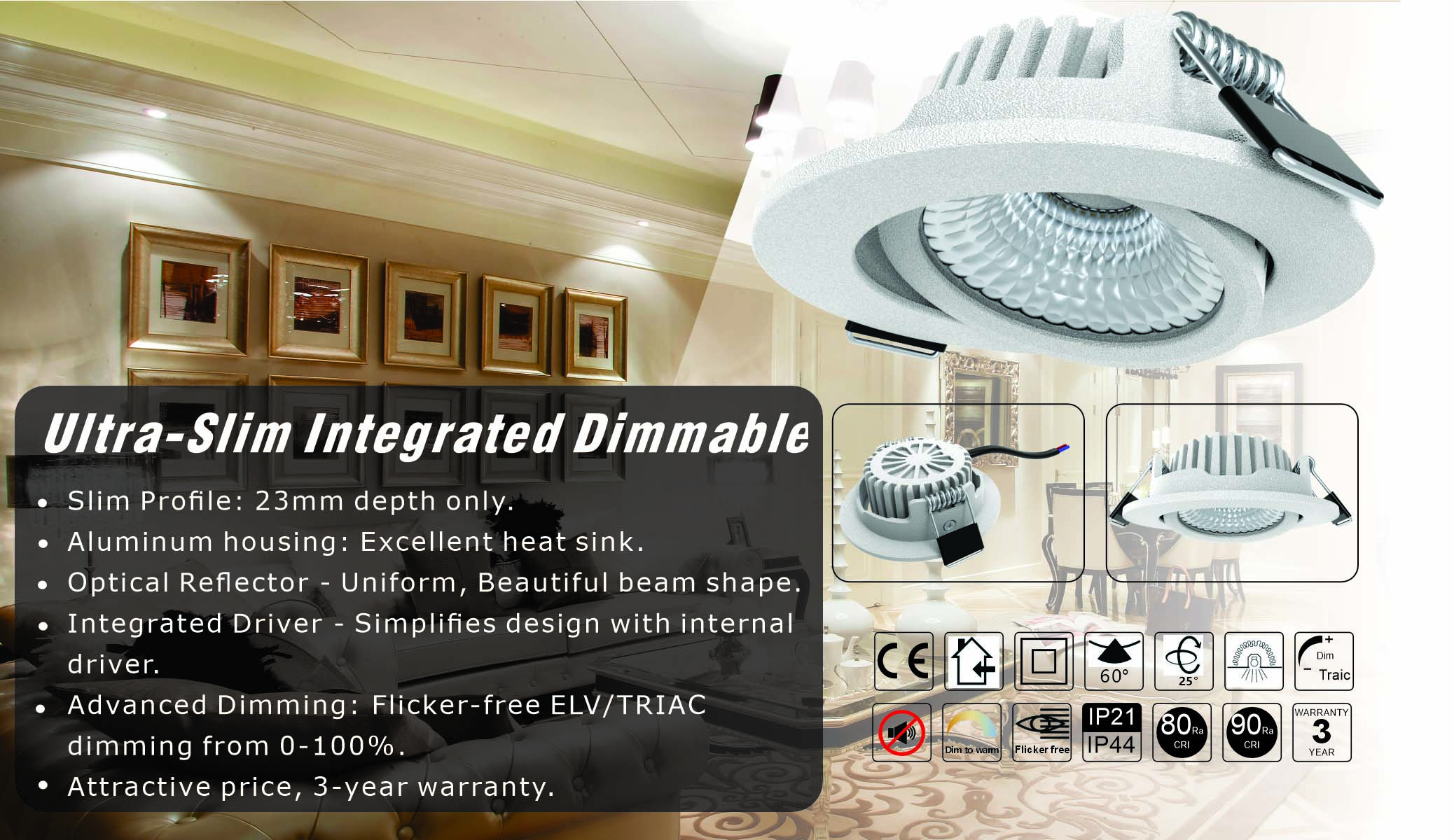 Production Quality Control
Production Quality Control
Radians’ commitment to quality is evident in its:
- Thermal Testing: Every new design is subjected to temperature rise tests in a controlled environment.
- Component Selection: Only high-grade capacitors, ICs, and LEDs are used, each rated for extended temperature tolerance.
- Design Optimization: Fin structures and thermal paths are simulated and tested for maximum efficiency.
- Overholdelse: Products meet or exceed European safety and energy standards, including CE and RoHS.
Learn more about Radians’ production process and quality control at LED Downlight Factory.
Comparative Analysis: Heat Dissipation Features in Radians LED Downlights
| Modelnavn | Heat Sink Material | Heat Sink Design | Driver Type | Key Thermal Feature | Price Range (EUR) |
|---|---|---|---|---|---|
| 6W LED downlight | Aluminium | Finned, compact | Isolated | Thermal pad, airflow slots | 25 – 40 |
| COB Downlight | Aluminium | Large integrated fins | Non-isolated | Thermal grease, large contact area | 40 – 60 |
| Dæmpbar Downlight | Aluminium | High surface fins | Triac dimmable | Enhanced heat path, robust driver | 35 – 55 |
| Ultra-slim Downlight | Aluminum alloy | Spread-out fins | IC driver | Thin profile, adhesive interface | 30 – 50 |
| IC-Rated Downlight | Aluminium | Deep, multi-fin | IC driver | Fire-rated, double insulation | 45 – 70 |
See the full range at Radians LED Downlight Category.
The Science Behind Radians’ Heat Dissipation Testing
Radians Lighting’s design process includes temperature rise testing for every new product. In these tests, downlights are operated in a constant temperature chamber that mimics real installation conditions. Sensors measure the temperature at the LED chip, driver, and key electronic components.
- Why it matters: This ensures that, even in challenging environments, no component exceeds its rated temperature.
- Result: Products deliver stable brightness, color, and lifespan—backed by real data, not just theoretical claims.
By controlling internal temperatures, Radians guarantees that their downlights perform reliably for years, even in demanding European installations.
Impact of Heat Dissipation on Downlight Performance
Proper heat dissipation delivers measurable benefits:
- Levetid: Downlights with effective thermal management can last over 50,000 hours.
- Light Quality: Stable temperatures preserve color consistency and prevent flicker.
- Energieffektivitet: Cooler LEDs operate at higher efficiency, reducing power bills.
- Sikkerhed: Lower internal temperatures reduce the risk of fire and electrical faults.
Conversely, poor heat management leads to:
- Flicker and dimming
- Color shifts and uneven lighting
- Frequent maintenance and replacement
- Higher risk of catastrophic failure
Best Practices for Heat Dissipation in LED Downlight Design
To ensure optimal performance, manufacturers and buyers should consider the following:
- Choose high thermal conductivity materials (like aluminum) for heat sinks.
- Maximize surface area with finned or spread-out heat sink designs.
- Use quality thermal interface materials to improve heat transfer.
- Optimize airflow within the downlight and installation cavity.
- Select robust drivers rated for wide temperature ranges.
- Perform temperature rise testing on every new product.
- Ensure compliance with European safety and energy regulations.
Radians Lighting incorporates all these practices into its design and manufacturing process.
Radians Lighting: Product Range and Application Examples
Radians offers a comprehensive selection of LED downlights, each designed with advanced heat management for specific needs:
- 240V LED Downlight: For direct connection to European mains voltage.
- Sorte downlights: Stylish finishes with robust thermal control.
- Kommercielle LED downlights: High-output models for offices and retail.
- Mini LED downlights: Compact, discreet, and thermally optimized.
- Overflademonteret LED downlights: For installations where recessed mounting is not possible.
- IC-klassificerede downlights: Safe for installation with insulation contact.
Explore more at Radians LED Downlight Product Category.
Why European Buyers Trust Radians Lighting
Radians Lighting’s focus on thermal management, product customization, and strict quality control has made it a preferred supplier in Germany, France, the Netherlands, Sweden, Denmark, Norway, and the United Kingdom. Their products are engineered for European installation standards, comply with local regulations, and meet the design preferences of European users.
Radians’ ongoing investment in research and development ensures that their downlights remain at the forefront of technology and safety. Their transparent testing protocols and commitment to customer satisfaction are reflected in their growing market share and positive reviews from lighting professionals.
Konklusion
Heat dissipation is the foundation of reliable, high-performance LED downlight design. It affects every aspect of the product, from energy efficiency and light quality to safety and lifespan. Effective thermal management requires a holistic approach—addressing not just the outer shell, but the internal temperatures of the LED chip, driver, and all electronic components.
Radians Lighting exemplifies industry best practices, with rigorous temperature rise testing, advanced materials, and quality control at every stage. Their wide range of products, tailored for European markets, ensures that buyers can find the ideal solution for any application—confident in the knowledge that each downlight is built to last.
For lighting professionals, architects, and end users, choosing LED downlights with proven heat dissipation is essential for sustainable, efficient, and safe illumination in 2025 and beyond.
To learn more or explore Radians Lighting’s full product range, visit the official website at radianslighting.com.



